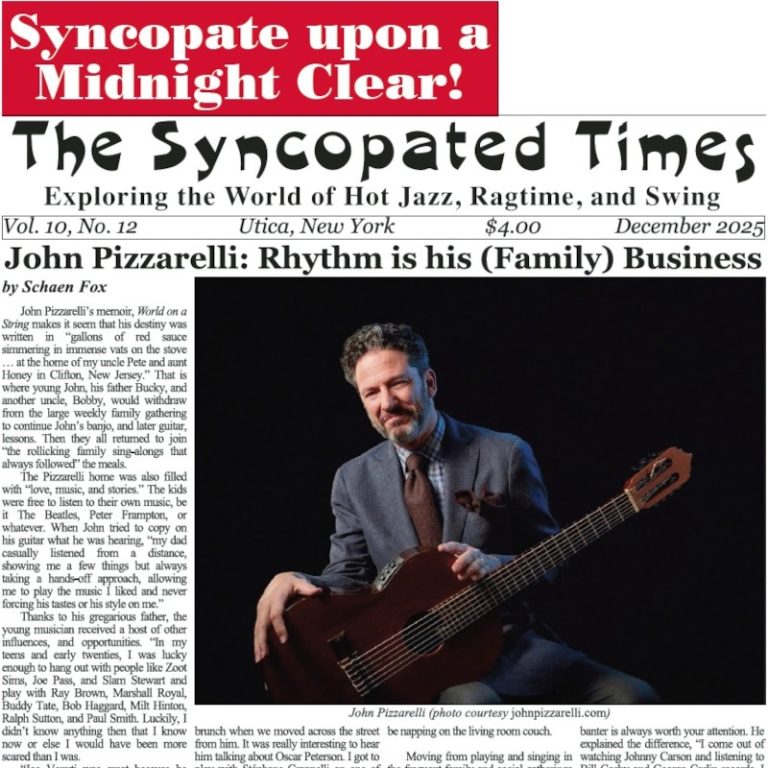During 1941-46, viewers all over the United States had an opportunity to see musical numbers on a visual jukebox. Rather than put a nickel in a conventional jukebox and hear a recording, customers could put a dime in a seven-foot tall machine with a screen and watch a three-minute performance. They were generally low budget productions, the music was pre-recorded ahead of time rather than actually performed live, and one could not choose which film on the eight-song reel was coming up next or even know what was on the reel. However Soundies, which were popular for a time, resulted in many top-notch performers (some of whom never recorded) being documented and they contain some classic performances. In the November issue of The Syncopated Times, Russ Tarby wrote an excellent and lengthy review of the four-disc Blu-ray set Soundies: The Ultimate Collection.
For a remarkably comprehensive work on those films, the two volume book The Soundies by film archivist and historian Mark Cantor really cannot be equaled. Cantor has long been one of the top collectors of vintage jazz films, and Soundies are a particular passion of his. Over the past 50 years, with his work accelerating in recent years, he compiled every bit of information about the Soundies and the results are 878 pages released in two volumes. The amount of research that went into this work is quite astounding.
After the late 194
You've read three articles this month! That makes you one of a rare breed, the true jazz fan!
The Syncopated Times is a monthly publication covering traditional jazz, ragtime and swing. We have the best historic content anywhere, and are the only American publication covering artists and bands currently playing Hot Jazz, Vintage Swing, or Ragtime. Our writers are legends themselves, paid to bring you the best coverage possible. Advertising will never be enough to keep these stories coming, we need your SUBSCRIPTION. Get unlimited access for $30 a year or $50 for two.
Not ready to pay for jazz yet? Register a Free Account for two weeks of unlimited access without nags or pop ups.
Already Registered? Log In
If you shouldn't be seeing this because you already logged in try refreshing the page.




